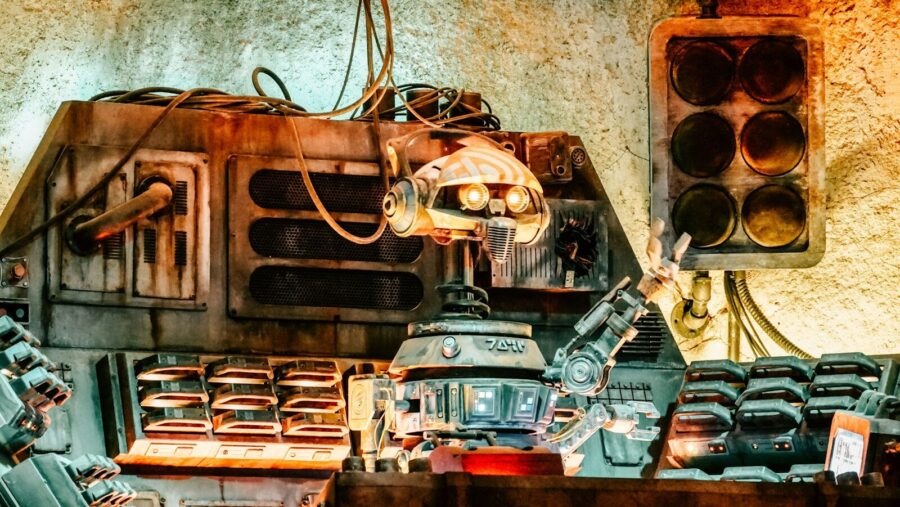Developing a ‘coaching culture’ – in which team leaders regularly and routinely coach their team members – is increasingly popular with organisations. If I had a pound for every time a business has insouciantly told me that they either have – or are building – a coaching culture, I’d be pretty well off by now.
These claims rarely survive even the most passing inspection. Whenever I ask team members and their managers about coaching, most often I find it is not happening. Occasionally, team leaders use the forum I have given them to complain about the insistence that they should be involved in this practice. “I don’t have the time to do all the things I’m expected to do” they cry. “I can’t be expected to do this as well!”
Leaving aside the fact that taking an active role in the development of a team’s capability seems to be number one on the team leader’s to-do list, what’s behind this expression of concern?
In many environments, we still have managers who believe that they must have all the answers.
Why are managers not coaching their teams?
A lack of coaching seems to be caused by three key things:
- There’s only so much time for one-to-one discussions, and with project updates, task delegation, reporting back and employment admin, coaching is squeezed out of these brief conversations.
- Coaching and issues of performance have been confused with performance appraisals and are – as a result – a universally detested activity avoided by manager and team member alike. When it is done it’s a once-a-year exchange of platitudes and form filling.
- Fear. Managers don’t feel sufficiently informed or effectively equipped to provide feedback (which they associate with coaching). They are worried that their team members may make demands that cannot be satisfied. They may not be sure where the conversation might lead, or are worried about saying the wrong thing or making commitments that lead to disappointment and demotivation. They believe it’s probably best not to open that particular can of worms.
The coaching perception gap
Because many team leaders have significant operational responsibility, they rarely have detailed information on what people are doing well, where they may find things difficult and where they want to develop.
In many environments, we still have managers who believe that they must have all the answers. They perceive coaching as a process of giving ‘constructive criticism’ (oxymoron alert) and making proposals to their team members about how they can do things better. Their understanding of the role often begins and ends with team sports.
This is the perception gap that needs closing before coaching can happen and many organisations have not been crystal clear about the responsibility of managers to coach. This should be communicated not only in the job spec but in the way leaders are supported, the KPIs they are expected to meet and the way they – in their turn – are coached. This practice – like many management leadership disciplines – cascades down the hierarchy.
Ineffective coaching practices dominate
A little while ago, my organisation – Huthwaite International – did some research into the impact of different coaching behaviours. What we found was hardly groundbreaking but it was good to see that a less directive and more enquiring approach to coaching had clear benefits. We researched which behaviours resulted in a more motivated team member who was committed to taking action after the conversation. Checking on action plans some weeks later enabled us to see the proportion of agreed actions completed.
We observed managers in coaching conversations with individuals in their teams. The first data point we examined was airtime – who was doing the talking. On average, the person being coached spoke 52% of the time, the coach 48%. At best, the ratio was 61% vs 39% in favour of the person being coached.
The more airtime the coachee had, the more motivated they felt and the more likely the agreed actions were to have been carried out.
Next, we looked at Push style – the coach telling the individual what they thought – versus Pull style – the individual being asked questions to see what they thought. Again, the range was large. Those sessions judged ineffective in terms of motivation and action saw coaches asking questions 23% of the time and giving information (telling) 77% of the time. Where coaches spent around twice as much time asking questions than giving information, the sessions were considered much more effective and resulted in more action.
A coaching conversation can happen in five minutes, in the brew station, in a lift, and on the factory floor.
Finally, we looked at the origin of proposals for action. Did the coach propose what should happen next or did the person being coached? In the most effective sessions, around three-quarters of the proposed actions were made by the person being coached (compared with the least effective where two-thirds of next steps were proposed by the coach).
Now, if we compare that with what managers tell me about coaching, we can see an enormous disconnect. Instead of being worried about how they can tell people what they think and produce solutions, managers should be listening, questioning and inviting solutions from the person being coached.
Obvious you may think, but in my recent conversations with team leaders, many of them are fearful of going into a coaching conversation without those answers and without the insights to propose practical actions. Precisely the opposite of what we found to be effective.
Three takeaways on coaching culture
So what do we do about this gap in understanding and how can we improve these coaching skills?
First, organisations need to be able to describe a good coaching conversation so that managers and team members have a common understanding and expectations of outcomes. This is not a ‘one and done’ comms exercise. Good organisations communicate through stories and mini-case studies on a regular basis.
Second, coaching activity should be monitored and – if this happens in your organisation – team managers should be recognised and rewarded for conducting these conversations with their teams.
Third, adopt a common model. I’ve written before on Training Zone about the Rolfe Reflective Model. This process of self-reflection is based on three questions:
- What? What happened, describe a particular situation and how you felt about it.
- So, what? What were the implications, and what have you learned?
- Now, what? (or what next?) What will you do next to improve future outcomes and develop your own practice?
As a further development of this approach, I’d recommend agreeing only a single action in the ‘What Next?’ stage with a commitment to review – together – what was done and what the impact was. How do you do this conversation? You guessed it… by asking ‘What? So, What? What Next?’
In this way, a coaching conversation can happen in five minutes, in the brew station, in a lift, and on the factory floor. These questions asked by leaders and managers mean more airtime for the coachee, a pull approach and proposals for action generated by the person being coached. In other words, the factors we observed result in effective coaching.
So next time someone says they have a coaching culture, de-mystify what that is by suggesting these three simple – but searching – questions. When team members are asking themselves these questions on a regular – if not daily – basis, then you have a coaching culture.











One Response
Not only development, but
Not only development, but also testing of the application and website is important for a successful launch. Fortunately, the development team offers a full cycle of web portal development services and testing to make your project as high-quality and workable as possible. A good website always attracts new users and customers for further productive work.